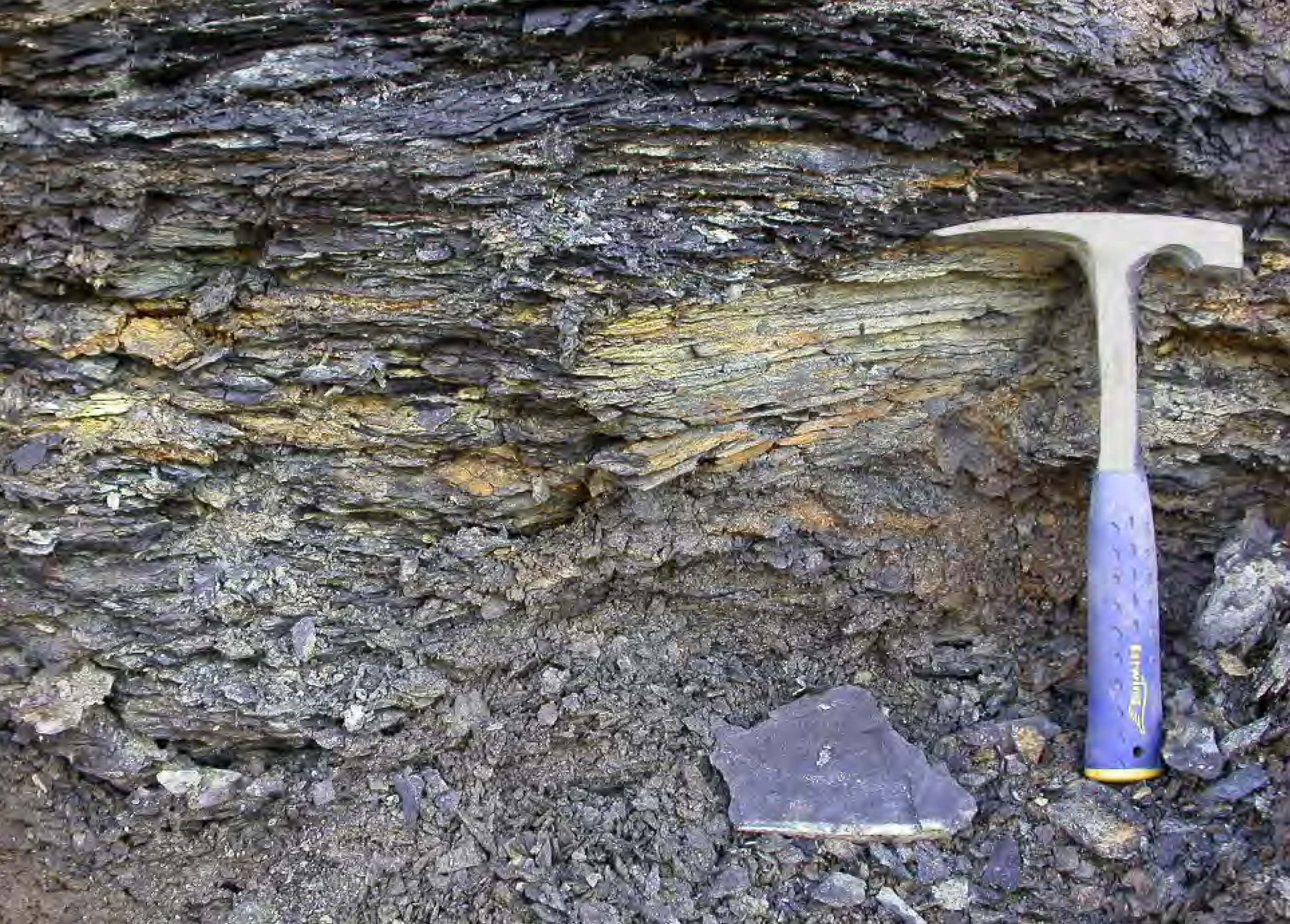
How to Cite
Share
Abstract
The marine, mudstone-dominated Hareelv Formation (Upper Jurassic) of Jameson Land, East Greenland is a representative of the widespread Kimmeridge Clay Formation equivalents, sensu lato, known from the greater North Atlantic region, western Siberia and basins off eastern Canada. These deposits constitute the most important petroleum source-rock succession of the region. The present study reports petroleum geochemical data from the 233.8 m thick succession penetrated by the fully cored Blokelv-1 borehole, and includes supplementary data from outcrop samples and other boreholes in Jameson Land. The succession consists of basinal mudstone intercalated with a significant proportion of gravity-flow sandstones, both in situ and remobilised as injectites. The mudstones are generally rich in organic carbon with values of TOC reaching nearly 19 wt% and high pyrolysis yields reaching values of S2 up to nearly 43 kg HC/ton. Hydrogen Indices are up to 363. The data presented herein demonstrate that weathering of abundant pyritic sulfur adversely affects the petroleum potential of the kerogen in outcrop samples. The succession is thermally immature to early mature, except where intrusions have locally heated adjacent mudstones. The documentation of rich gas/oil-prone Upper Jurassic successions in Jameson Land is important for the assessment of the regional petroleum potential, including the North-East Greenland continental shelf.
How to Cite
Share
Copyright (c) 2018 Jørgen A. Bojesen-Koefoed, Morten Bjerager, H. Peter Nytoft, Henrik I. Petersen, Stefan Piasecki, Anders Pilgaard

This work is licensed under a Creative Commons Attribution 4.0 International License.
Downloads
Editors: Jon R. Ineson and Jørgen A. Bojesen-Koefoed
The exposed Jurassic succession in East and North-East Greenland has long been presented as an analogue for equivalent deeply buried strata on the Norwegian conjugate shelf and offshore North-East Greenland. In particular, the Upper Jurassic marine mudstone succession is often ascribed source-rock potential as [...]









